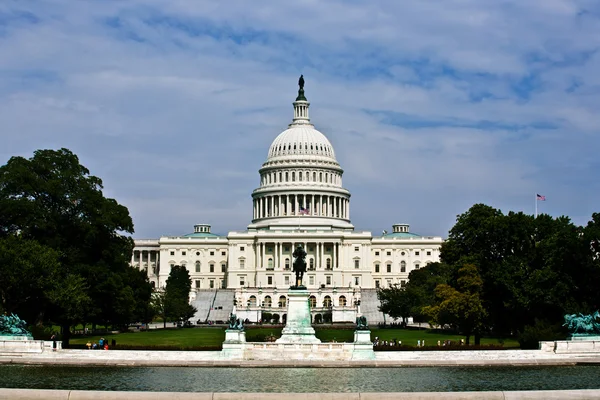
The longer the federal government is shut, the more its effects seep into everyday routines-and the harder it is to mask the disruption. What began as a political standoff in Washington has now rippled into workplaces, travel plans, health care access, and even the quiet trails of national parks. For millions of Americans, the shutdown is no longer an abstract headline; it’s a lived reality.

1. Federal Workers Face Unpaid Days and Uncertain Futures
Of these, about 750,000 civilian federal employees, or roughly 40 percent of the workforce, are furloughed each day, while “excepted” employees, a category that includes law enforcement officers, border protection staff, in-hospital medical teams, and air-traffic controllers, report to work without pay, their paychecks frozen until the shutdown is over. The 2019 law guaranteeing back pay is some reassurance, but the number of contractors runs into the millions, with no such protection. Contingency plans at agencies like the Department of Defense, NASA, and Health and Human Services decide who stays and who goes: civilian DOD staff includes 334,904 furloughed and 406,573 retained. Stopgaps for many mean second jobs or food bank assistance.
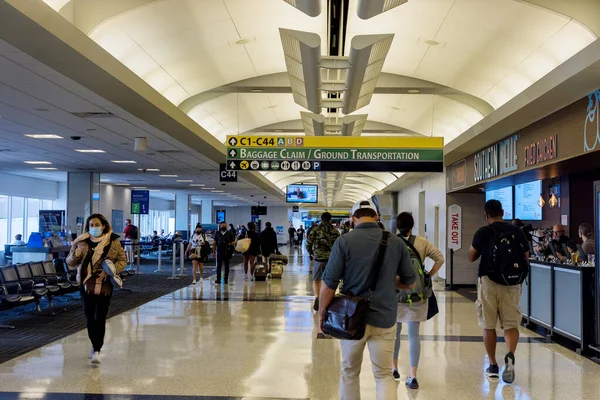
2. Air Travel, Passport Services Grind to a Crawl
Flights still take off, but unpaid TSA agents and air-traffic controllers are already showing signs of strain. During the 2018-2019 shutdown, as many as 10 percent of TSA staff stayed home, leading to cascading delays nationwide. The U.S. Travel Association estimates losses at $1 billion a week to the travel economy. Passport processing continues, but expect longer waits; agencies warn that timelines could stretch well beyond the usual four to six weeks.
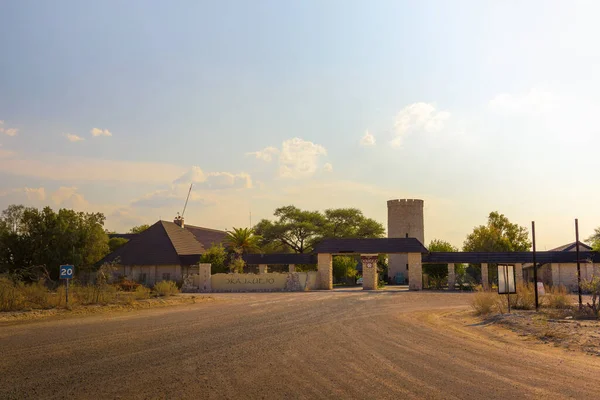
3. National Parks: Open Gates, Vacant Positions
If there is a shutdown in March 2024, the National Park Service’s contingency plan projects 68% of staff to be furloughed, with most park units completely closed to public access. Roads and open-air memorials might stay open, but visitor services are greatly reduced. Past shutdowns have left the few parks that remained open vulnerable to vandalism, accumulation of trash and resource damage. “We don’t leave museums open without curators and we should not leave our national parks open without National Park Service workers,” said Emily Thompson of the Coalition to Protect America’s National Parks. Gateway communities, reliant on tourism from the parks, also risk losing $80 million in visitor spending per day in October.
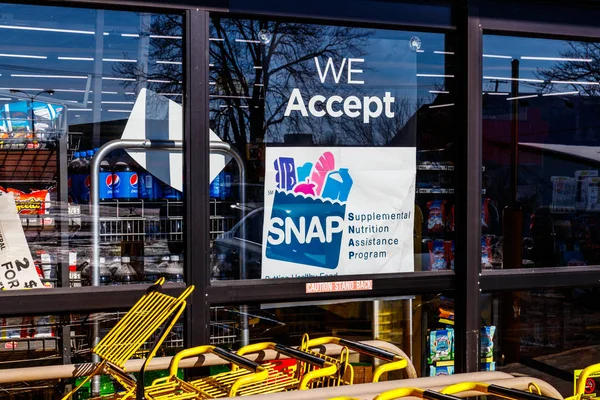
4. Social Programs Continue But With Gaps
Automatic funding would keep coverage for Medicare and Medicaid recipients, but staffing shortages would slow claims and customer service. Telehealth benefits for millions of Medicare beneficiaries expired when pandemic-era rules lapsed, cutting off care for millions who cannot easily travel. For now, the Supplemental Nutrition Assistance Program would continue, but WIC may run out quickly. Enhanced Affordable Care Act subsidies that keep premiums affordable for middle-class families would expire, risking premium hikes as high as 114% next year.

5. Contractors and Small Businesses Brace for Impact
The stop-work orders are coming in-most noticeably for federal contractors with civilian agencies. Companies like Leidos are reducing work hours, while others-like Peraton-already have begun laying off workers. Without guarantees of back pay, those losses must be absorbed by the contractors. Fully half of all federal contracts awarded in FY2025 go to small businesses, which even in the best of times, have limited cash flow. Every day of the shutdown puts $800 million in federal contracts at risk, increasing to $1.3 billion daily if the shutdown extends into December.

6. Local Economies Feeling the Pinch
From rural towns abutting national parks to urban centers dependent on federal offices, the economic shadow from the shutdown is long. Starting with the parks, which average $55.6 billion a year and support at least 415,000 private-sector jobs, delayed flood insurance renewals stall home sales, while halted Small Business Administration loans choke new ventures. Hotels, restaurants, and shops in tourism-heavy regions are already reporting cancellations.

7. Coping Strategies for Federal Workers
Experts advise furloughed and unpaid employees to take proactive contact with creditors, seek temporary employment, and make use of community resources. Food banks, nonprofit aid groups, and state programs often increase their assistance during shutdowns. Professional associations recommend documenting hours and work performed without pay, so that workers can eventually claim back pay and protect against disputes.

8. Lessons from Past Shutdowns
History is instructive: though GDP often rebounds after a shutdown ends, the damage to morale, staffing and long-term projects lingers. The 2013 closure cost $414 million in lost visitor spending at parks; the 2018–2019 shutdown ended only after air-traffic control shortages caused a ground stop at LaGuardia Airport.
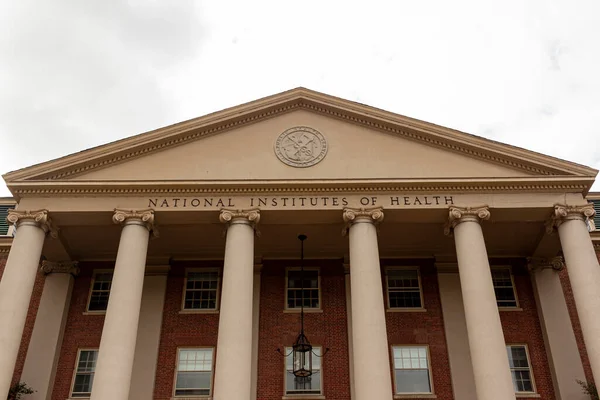
Chronic underfunding and staffing cuts mean that recovery now may be slower. The mask is slipping: from stalled research at the NIH to shuttered Smithsonian webcams, the shutdown’s reach is no longer hidden behind political rhetoric. For those living its consequences, the question is not whether they feel the strain-but how long they can endure it.


